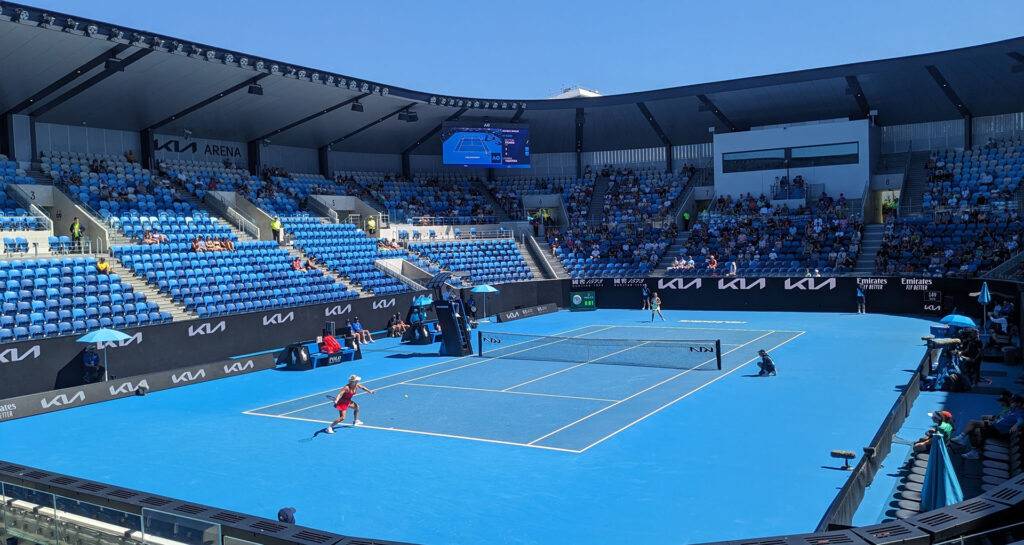What is Tennis Elbow?

Why is it called Tennis Elbow?
As the name suggests, this type of injury is very prevalent in tennis players due to the gripping and repetitive nature of the sport. In fact, up to 50% of all tennis players develop symptoms of tennis elbow. Due to this high prevalence, the injury adopted this name and is commonly used within society. However, this type of injury can be seen in the general public, even in those less active and who do not play tennis. It is particularly prevalent in labourers who utilise heavy tools, and/or engage in repetitive gripping and lifting tasks. Tennis elbow can occur in anyone and is not just predisposed to tennis players.
What causes Tennis Elbow?
An important part of treatment for tennis elbow is addressing factors that can cause the injury. As mentioned, tennis elbow can develop due to overloading the forearm extensors. Whilst biomechanical factors can increase your risk of developing this type of injury, there are also other risk factors including:
- Increased age
- Genetics
- Diabetes
- High cholesterol
- Hormonal changes
Whilst some of these are non-modifiable factors, there are some modifiable factors that can be addressed to help with your recovery.
What do I do if I have Tennis Elbow?
If you’re experiencing pain in the elbow region, it’s important to check in with a physiotherapist to assess and diagnose whether it is lateral epicondylalgia. A physiotherapist will help you identify what may be causing this issue and how to treat and overcome the injury. As tennis elbow is predominantly an overuse injury, it’s important to address the load and stresses your placing the forearm and elbow through. This may mean you need to reduce your activity and build the capacity of that tendon in the meantime. If you have been suffering elbow pain for a while now, book in with one of our clinicians to help with your rehab and recovery.


